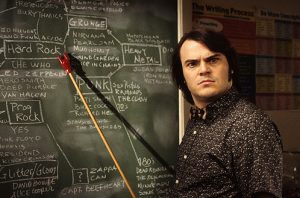 The 1997 advert for the Teacher Training Campaign: “No-one forgets a good teacher” resonated with lots of us because of course it is absolutely true.
The 1997 advert for the Teacher Training Campaign: “No-one forgets a good teacher” resonated with lots of us because of course it is absolutely true.
My best teacher at school was Miss Stott. She was only 4 foot 8, close to retirement and built like a sparrow but at the sound of her high heels tapping down the corridor the otherwise usually St Trinians like atmosphere of the fifth form calmed into complete submission and everyone paid attention.
The chemistry teacher had no chance on the other hand. However impressive her qualifications and whatever her knowledge she had no opportunity to impart anything to us because she never had any control of the class and she knew it.
We’re inspired by teachers on stage and in film. From Dead Poets Society for example: “No matter what anyone tells you, words and ideas can change the world” to The History Boys: ““One of the hardest things for boys to learn is that a teacher is human. One of the hardest things for a teacher to learn is not to try and tell them.”
There’s one of Maggie Smith’s first great roles as Miss Jean Brodie who memorably states ““It is well, when in difficulties, to say never a word, neither black nor white. Speech is silver but silence is golden.”
The gulf between the great teacher however and the average one is enormous. Now one man is attempting to change this with an unconventional and controversial training programme to teach the teachers the moves and tactics for greatness.
Author Doug Lemov has produced a detailed recipe for success for “Teaching like a Champion” which has impressed many although others have criticised it for demonising some and being too formulaic. If you read through the tactics though what becomes clear is that there is a huge number of them that you can apply to other situations where you need to command the attention of people in a room. So if you don’t always feel like a champion when you give a presentation at work, deliver a new business pitch or a speech at a conference there are techniques in Lemov’s work that you can borrow for success.
Missouri’s Education Evaluator System lists a series of proven techniques from Lemov which are useful to keep up your sleeve to roll out if attention flags in your big moment. They include: “Circulate – move around the room”. There’s huge power in coming away from the podium or the front of the room. “Check for understanding”, don’t keep harping on about programmatic and big data without ensuring everyone is with you! Ask for group response, getting the audience to answer in unison can be fantastic for the energy in the room and if all the other speakers have just been talking at the audience it can have fabulous impact. He suggests that you create a “Vegas” moment – use lights and sound to change the mood. If the budget will stretch, bring on the dancing girls! My favourite of his tactics? And one which is very difficult to deliver…………..
“The Wait”.
Say nothing. Delay a few strategic seconds to create more impact than any amount of talking can.

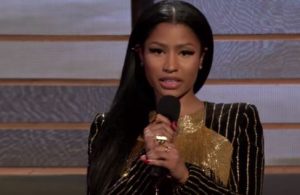

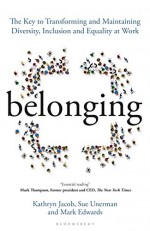
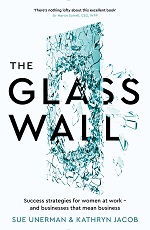
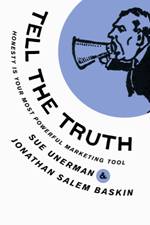
What does your email style say about you?
Friday, January 29th, 2016The opposite can of course also be true. Do you find yourself automatically apologising for having a difference of opinion or daring to ask a question.
“Do you regularly use the words “just,” “sorry,” and “I think” in your emails? You may be undermining yourself and the message you’re trying to send.” Well now, of course, there’s a digital tool for either circumstance.
Cyrus Innovation have built a plug in for Gmail that highlights “sorrys”, “I thinks” and “I’m not an expert but” on draft emails. CEO, Tami Reiss was prompted by debate about women and their tone of voice in the workplace. She says:” We had all inadvertently fallen prey to a cultural communication pattern that undermined our ideas. As entrepreneurial women, we run businesses and lead teams — why aren’t we writing with the confidence of their positions?” This is far from exclusively a gender issue however. In fact, sorry, but self-deprecation and apologetic tones may be an issue of national stereotypes, a dim echo of Bertie Wooster saying “Sorry, old chap” without meaning to be apologetic at all. Clearly flexibility and being above all conscious of how you might come across in email is crucial.
In the thousands of emails that flow through the system you can be enraged, entertained or appalled in all kinds of ways. Hate emoticons? Love them? Think they belong to teenagers? Think “How are you” at the beginning of an email is wasting time? Can’t stand people who give you one word answers without acknowledging you as a person?
The Crystal Email Assistant analyses people’s personalities and tells you how to write them a convincing email suggesting for instance that you “appeal to her feelings” or “send lots of information” or alternatively “no more than 3 sentences required”.
People form a view about you from your email. So do businesses and marketers of course. Yahoo’s Jeff Bonforte believes that email will get more “intimate”, and connect us even more emotionally. As it does of course it will be able to reveal more and more about us. The data that can be understood from the billions of emails flowing through the system will be one of the best sources of information that can continue to help business with more precise targeting, appropriate messaging and indeed forecasting. Over 100 billion emails are sent every day. Insight from this vast swathe of information might be a controversial issue (though data is anonymous), but will also be fascinating. Apparently for instance you can better predict the weather in New York by what emails say about needing an umbrella that day than the weather forecasts can. Attitudes to risk, fun, love and shopping will all be evident. Understanding and emotional insight, from millions of emails. All the better for insurers, retailers, marketers, creative briefs, programmatic and return on investment.
Posted in MediaComment | No Comments »